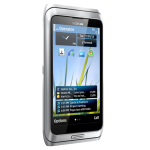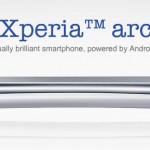Google Android to operate satellite in space
British engineers are planning to use mobile technology to power their newest space endeavour. The will essentially use a mobile phone to operate a satellite in space and capture images. The daring engineers at SSTL and the Surrey Space Centre in Guildford want to see if the sophisticated capabilities in today’s phones will function in the most challenging environment known to man.
“Modern smartphones are pretty amazing. They come now with processors that can go up to 1GHz, and they have loads of flash memory. First of all, we want to see if the phone works up there, and if it does, we want to see if the phone can control a satellite.” - Shaun Kenyon, the project manager at SSTL (Surrey Satellite Technology Limited).
The venture is part of the company’s quest to find more inexpensive, off-the-shelf electronics that can be used to lower the cost of its spacecraft designs.
They have selected Google’s Android operating system to run the device but the phone model has not yet been confirmed – except that it will be a standard smartphone. Not too long ago an iPhone was sent up to the edge of space using a weather balloon and managed to function extremely well. This however is definitely taking it up a few notches.
“We’re not taking it apart; we’re not gutting it; we’re not taking out the printed circuit boards and re-soldering them into our satellite - we’re flying it as is,” Mr Kenyon explained.
“And, in fact, we’re going to have another camera on the satellite so we can take a picture of the phone because we want to operate the screen and have some good images of that as well.”
This will no doubt excite Android fans and fuel the mobile fanboy wars, and quite rightly so, this is a big step for smartphones.
For the full story head over to BBC News.
| Print article | This entry was posted by Matthew Arnold on January 25, 2011 at 1:26 pm, and is filed under Mobile, Tech. Follow any responses to this post through RSS 2.0. You can leave a response or trackback from your own site. |















